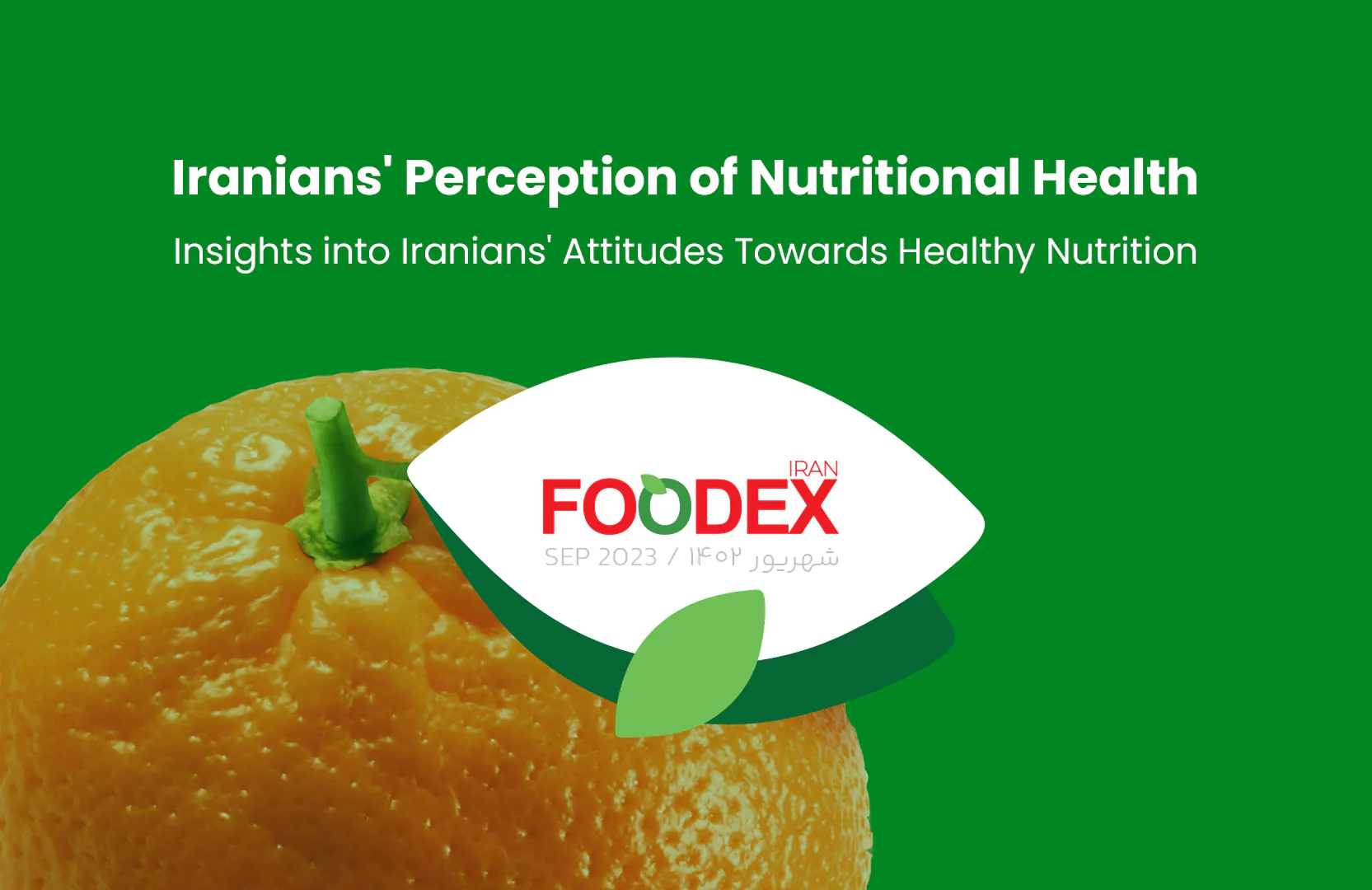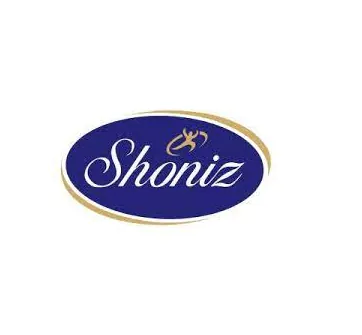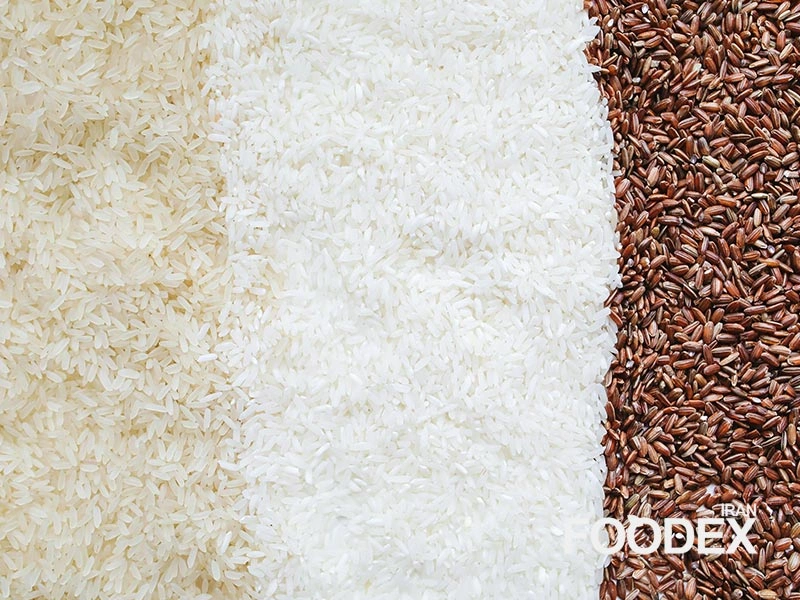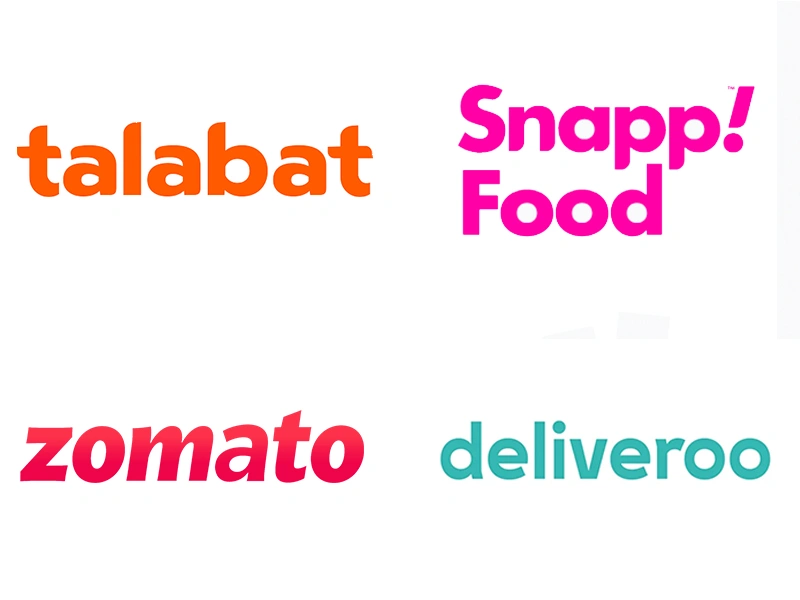Product differentiation and recognition are essential for success in today’s highly competitive markets. Geographical Indications (GIs) are vital for protecting products with specific geographic origins. These tools enhance product quality and value and improve market efficiency.
This article from the Foodex platform explores the concept of GIs, their market impact, and examples of GIs in the food industry.
What Is a Geographical Indication (GI)?
A Geographical Indication (GI) is a certification or label used for products from a specific geographical region. It signifies that a product possesses unique qualities linked to that particular area. These qualities include environmental conditions like climate and soil, indigenous knowledge, or traditional production methods.
Examples of Geographical Indications in Iran’s Food Industry
Geographical Indications hold a special place in Iran. Here are some notable examples:
Saffron from Qaenat: Renowned for its exceptional aroma and quality, cultivated in the Qaenat region of South Khorasan.
Pistachios from Rafsanjan: These are known for their superior taste and quality, and they originate from the Rafsanjan region in Kerman province.
Tarom Hashemi Rice: Aromatic and easy-to-cook rice from the paddies of northern Iran.
Pomegranates from Saveh: Recognized for their vibrant seeds and distinctive flavor, grown in Saveh County.
Pistachios : Varieties, Benefits, and Uses
Learn MoreThese examples showcase only a fraction of Iran’s vast potential in the food and beverage sector. Each product combines local heritage and regional capabilities.
The Importance of Geographical Indications in Market Efficiency
GIs significantly influence product quality and market performance in several ways:
Ensuring Product Quality and Authenticity
By using GIs, consumers are assured of the product’s authenticity and superior quality. This trust often leads buyers to pay a premium price.
Protecting Local Producers
GIs prevent misuse and imitation of names and labels associated with products. This protection enables producers to reap economic benefits while maintaining high-quality standards.
Promoting Traditional Production Methods
GIs preserve local methods and traditional knowledge, contributing to high-quality products while safeguarding cultural heritage.
How GIs Improve Market Efficiency
GIs are effective tools for enhancing transparency and trust in the market:
Reducing Information Asymmetry
One of the significant market challenges is information asymmetry, where buyers lack adequate knowledge about product quality. GIs address this issue by providing verified information about a product’s origin and quality.
Encouraging Healthy Competition
The presence of GIs motivates producers to enhance product quality. Failing to maintain quality can result in the loss of GI certification and consumer trust.
Preventing Fraud and Imitation
GIs prevent the misuse of geographic names, ensuring consumers can access genuine products while avoiding counterfeits.
Combining GIs with Trademarks
Integrating GIs with trademarks creates a powerful strategy for boosting reputation and attracting customers.
Enhancing Individual and Regional Reputation
Producers can combine GIs’ regional reputations with their trademarks, helping differentiate their products and foster customer loyalty.
Example: Swiss Chocolate by Lindt
The Lindt brand leverages Swiss chocolate’s GI to secure a strong position in global markets. The combination of Swiss Chocolate’s reputation and Lindt’s brand strength has been a key factor in its success.
Steps for Obtaining GI Certification in Iran
The process of obtaining GI certification in Iran involves specific steps:
Research and Documentation: Identify the product’s history, unique characteristics, and connection to a particular region. This forms the foundation for proving the product’s eligibility.
Formation of a Producers’ Association: Establishing an association of local producers helps coordinate efforts and manage legal processes collectively.
Preparation of Documentation: Required documents include official forms, geographical maps, technical specifications, and quality standards. Careful preparation minimizes errors during subsequent stages.
Submission to the Iranian Intellectual Property Office: Submit the compiled documentation to the Industrial Property Office for evaluation and legal processing.
Expert Review: Experts review the submitted evidence. If approved, the registration process continues.
Public Announcement and Objection Period: The application is announced publicly, allowing for potential objections to be addressed.
Final Registration and Certificate Issuance: After resolving objections and receiving final approval, the GI certificate is issued, granting producers legal and commercial rights to use the GI.
Benefits of GI Certification for Businesses
Obtaining GI certification opens up numerous opportunities for businesses:
Increasing Product Value: GI-certified products typically command higher market prices, as consumers are willing to pay a premium for quality and authenticity.
Access to International Markets: GI certification enhances export potential and attracts foreign customers. International markets, especially in Europe, place high value on GI-labeled products.
Legal Protection of Product Names: GIs prevent competitors from misusing or imitating product names, safeguarding producers’ rights.
Enhancing Brand and Reputation: GIs help differentiate products and build a loyal customer base.
Challenges and Solutions
Challenges
Administrative costs and complexities: the GI registration process may be too cumbersome to handle in time and monetary value.
Lack of Producer Awareness: Most local producers have not yet been sensitized on the concept of GIs or the accruable benefits.
Unfair Competition: One of the major challenges is counterfeit products misusing GI labels.
Solutions
Education and Awareness Programs: Workshops and training could be given to the local producers about this matter
Government and Institutional Support: Financial and legal support to producers makes the process of registration very easy.
Market Surveillance and Legal Action: Stringent mechanisms of enforcement against counterfeiters will come a long way in ensuring the credibility of GIs.
Saffron: The Red Gold of the Culinary World
Learn MoreConclusion: GIs in the Food Business
Among different tools, GIs provide one of the best options to support local producers, guarantee products’ quality, and enable the market to work well. Beyond economic benefits, GIs are critical in maintaining cultural heritage and the environment. Raising public awareness and strengthening governmental and international support will help Iran move toward full utilization of its potential in GIs.
FAQ
What is a Geographical Indication (GI)?
A GI is a certification or label that signifies the unique qualities and origin of a product tied to a specific geographical area.
How does GI improve market efficiency?
GI enhances market transparency, fosters consumer trust, and promotes fair competition by certifying the authenticity and quality of products.
Ehsan Allahverdi
Executive Manager of Foodex Iran
Marketing Consultant for Leading Food & Beverage Brands
website | linkedin
























